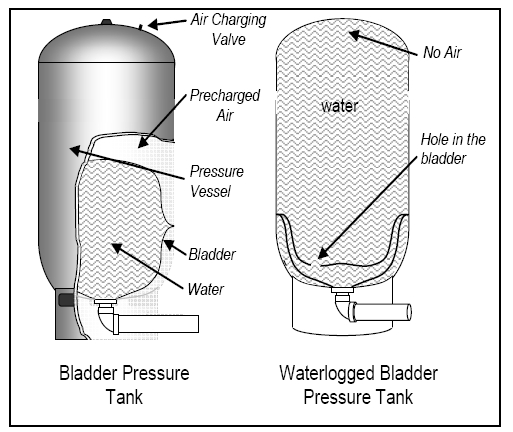- Joined
- 19 Jul 2007
- Messages
- 5,950
- Reaction score
- 1,144
- Country

If the hose is blocked then removing vessel will mean boiler pressure gauge does not drop to zero.The only problem doing tis is , a blocked communication hose or pipe will give the same symptoms and the only way to ensure they are not blocked is to do it with the vessel connected and make sure the water from the vessel is expelled
Surely if you removed E/V and system pressure stayed at whatever !!! Alarm bells would tinkle !!

